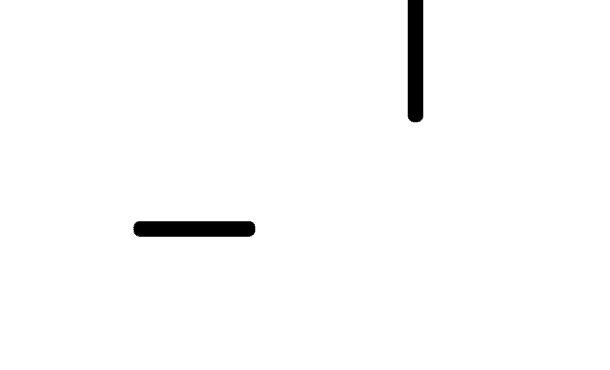These are not the first demonstrations to hit the city-state. In 2003, protests successfully thwarted legislation prohibiting criticism against China. In 2014, police fired tear gas at hundreds of thousands of marchers, triggering the 79-day Occupy movement. The city was overrun by demonstrators demanding fair elections free from interference by Beijing. There were no substantial concessions, and the movement eventually succumbed to exhaustion and internal fractures. Nevertheless, many are comparing the current situation to 2014 – some even arguing it is the continuation of a historic ideological battle for the future of Hong Kong.
However, there are several crucial differences with past protests that contribute to current uncertainty surrounding the movement’s future. Unlike previous movements, there is an absence of clear leadership. Protesters have made full use of encrypted messaging platforms to brainstorm tactics, and have even incorporated online voting to evaluate the effectiveness of strategies after every protest. Protesters are broken into small groups, each responsible for specific duties ranging from drafting publicity materials, logistics and media relations, to treating injuries and offering protesters rides home.
Previous organisers had repeatedly emphasised the importance to remain non-violent in order to gain the moral high ground. Although this message resonates among some protestors, the majority of their tactics have come to resemble those used in guerilla warfare. The shift has been exemplified by slogans such as “It was you who taught me peaceful marches are useless,” which was spray-painted in the city’s legislature shortly after it was stormed. Furthermore, demonstrators’ gear has undergone drastic changes. Protesters are now equipped with makeshift shields, clubs, helmets, 3M goggles, and gas masks to protect themselves against tear gas and rounds fired by police. Government forces have used over 3,100 canisters of tear gas, hundreds of rubber bullets, sponge grenades, and beanbag rounds. The use of batons to disperse crowds are becoming ever more frequent. Scenes of bloody arrests are the new norm.
Beijing has begun to brand the protests as terrorism. Mainland media has gone on the offensive, focusing on the violence, and launching a campaign to discredit the movement, blaming foreign intervention by Western forces. Propaganda videos have flooded Chinese media. Rap videos have become a popular part of the propaganda video repertoire. CD REV, a hip-hop group backed by the Communist Youth League dropped “The Force of Red” earlier this year, warning “all you f*****s from the Western, better shut your mouth:”
“There’s only one China,
HK, Taipei,
They are my fellas,
We are the force of red…
F**k anybody trynna split us,
PRC the leader.”
“Color Revolution,” a video released on August 4th, targets the Unites States, claiming “America always says people need democracy to enjoy their rights, but wait a sec, does he use this so-called ‘D’ to try to control the world and make his own money?”
“Watch out for the dirty claws,
And we screaming and yelling like anti-war,
I got brothers and sisters from Russia to East Asia,
Mideast to Africa,
Recognize America.”
So far, Beijing has delegated the response to the protests to the city-state. However, paramilitary troops at the border have been releasing inflammatory videos showcasing anti-riot drills to remind the public they are reserving the right to use force. It currently seems unlikely that events such as those during the 1989 Tiananmen Square Protests will repeat themselves. Although both protests share a combination of day-to-day grievances fused into more principled issues of politics, the current movement has not yet been viewed as an existential threat to Beijing, unlike the 1989 protests. Hongkongers are increasingly unable to afford a decent middle-class lifestyle, and they feel they lack the democratic participation in government necessary, the capacity, to enact change. Even though this enthusiasm for a more democratic future was also found in 1989, current demonstrators are fighting to preserve the rights they already had. Furthermore, using force would damage China’s “peaceful rise” narrative and as the 2014 protests showed us, there is a high probability that the protests will prove to be unsustainable in the long-term.
A return to normalcy is going to require both sides to compromise. Time is running out for demonstrators. Protests are beginning to spread to other regions such as Taiwan and Beijing’s potential reaction to such merits great worry. The movement will eventually either lose its momentum or be suppressed by government forces – either Hong Kong’s or Beijing’s. The city’s highest chance of retaining its system of governance is in the unequivocal recognition of “One China.” Only then would the Hong Kong government have the authority to address their demands such as the appointment of an outside commission to investigate the police, even over Chinese objections. We ought to remember that Lam’s withdrawal of the Bill was rebuffed by Chinese leaders, but was followed through regardless.
There were no substantial concessions, and the movement eventually succumbed to exhaustion and internal fractures. Nevertheless, many are comparing the current situation to 2014 – some even arguing it is the continuation of a historic ideological battle for the future of Hong Kong.

